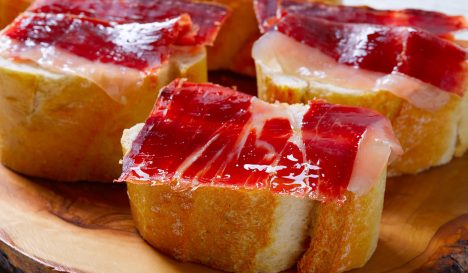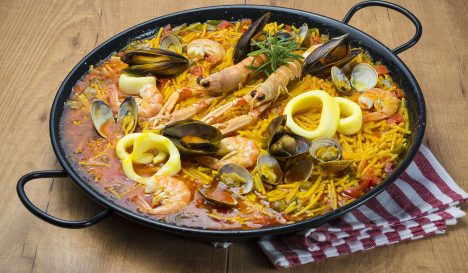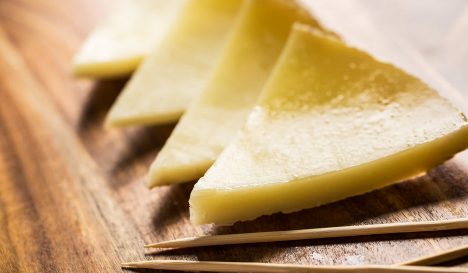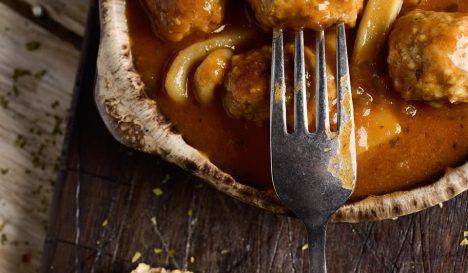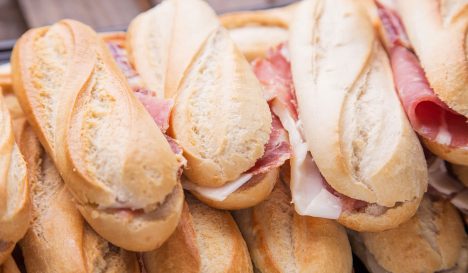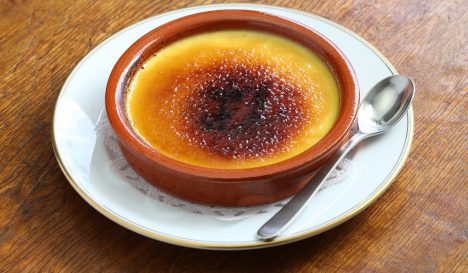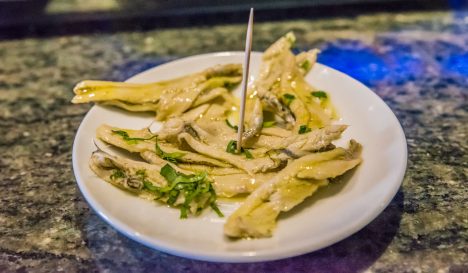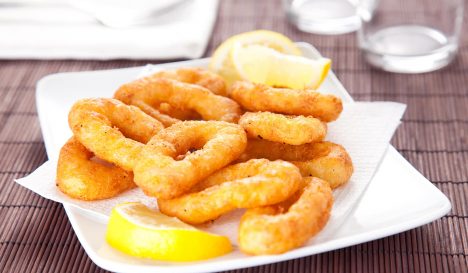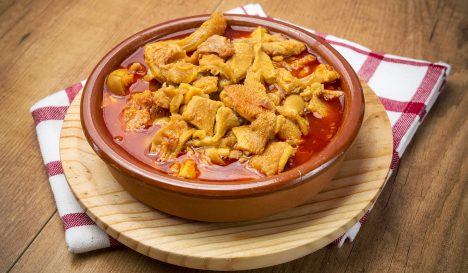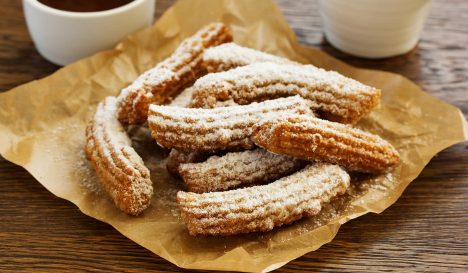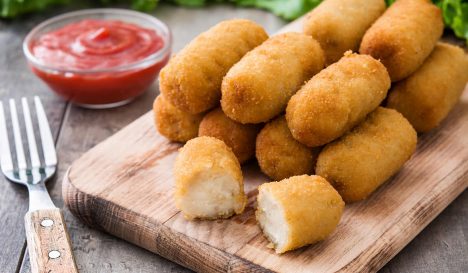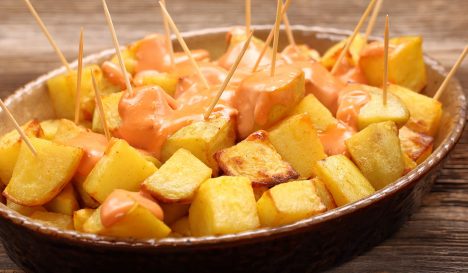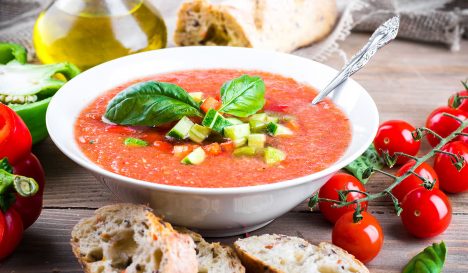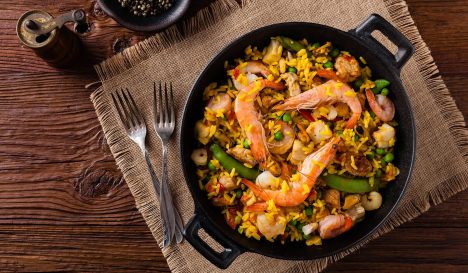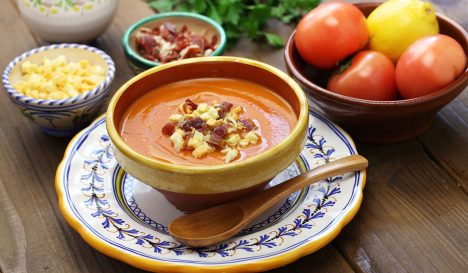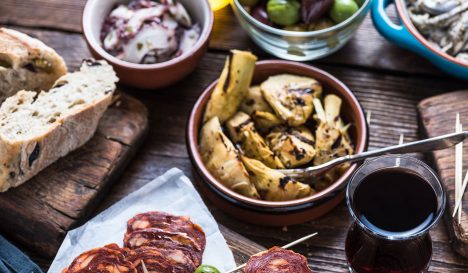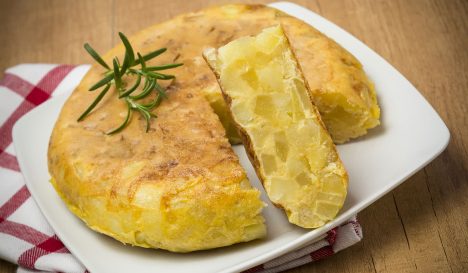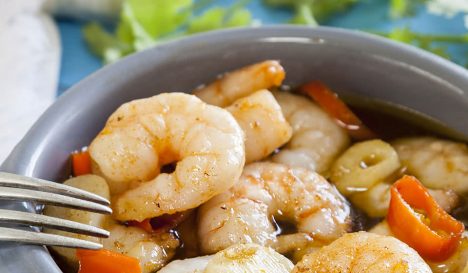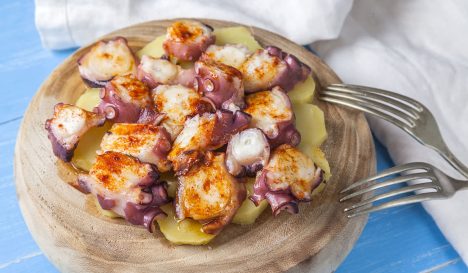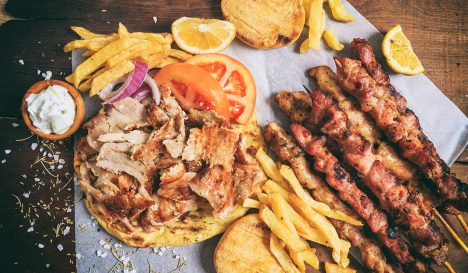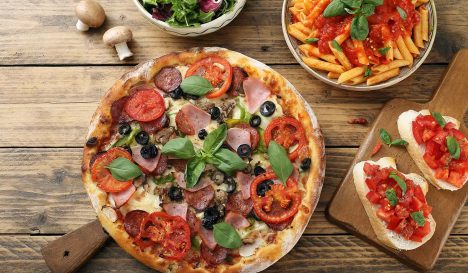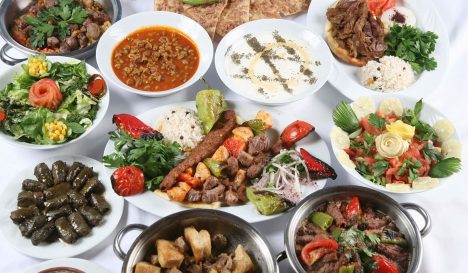Spanish cuisine
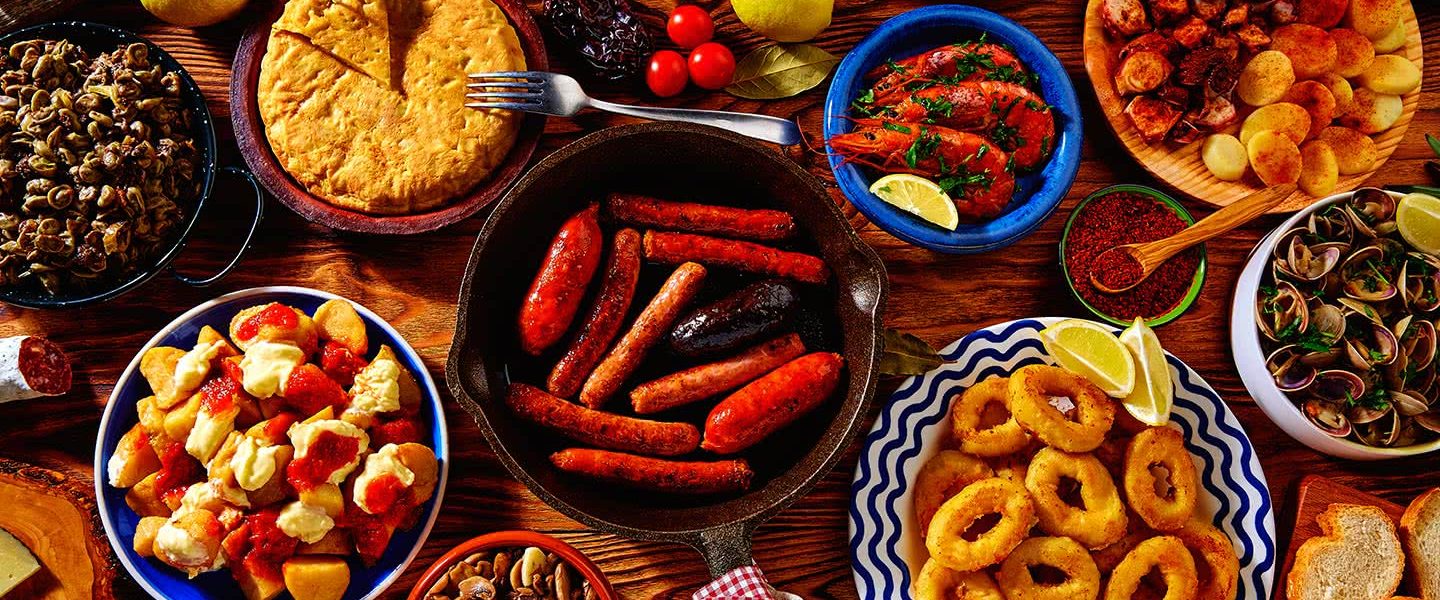
Spanish cuisine is based on fresh, regional products and robust dishes. Just as Picasso paints a painting with a few strokes of the brush, the Spanish chef puts the most typical Spanish flavours on the table with no more than a few characteristic ingredients.
- Five meals a day
- External influences
- Typical ingredients
- Good table manners
- Spanish-influenced and Mexican cuisine in Canada
- For beginners
- Discover these Spanish dishes
Five meals a day
If you include the Balearic and Canary Islands, Spain is one of the largest countries in Europe. There is a long coastline, mountains in the north and south, and a huge plateau, the Meseta Central, in between. The landscape is varied and mostly dry. Whereas people around the world often complain about the rain, irrigation is the order of the day in Spain. Cattle are grazed and they grow wheat, barley and corn on the plains. Sugar beet thrives in the valleys. Citrus fruit, rice, olives and grapes (for wine and sherry) are other important crops. Given the long coastline, people eat a lot of fish; this is one of the reasons that the Mediterranean diet is so healthy.
Spaniards have a strict schedule when it comes to meals. Although the frequency is a bit unusual… The Spanish government advises people to eat no less than five times a day! Small meals are the idea. Most Spaniards do not achieve this – often there’s something else to be done other than eating – but most people do get four out of five meals:
1. The morning begins with el desayuno, breakfast. This is usually something light, for example, coffee with toast. Breakfast is regularly skipped.
2. Around eleven, el almuerzo (also called la media mañana) follows, a snack that gives those who missed breakfast the chance to catch up. This “meal” is often a piece of tortilla (potato omelette), a bocadillo (sandwich) or a sweet pastry.
3. This is followed by the most important meal of the day, la comida, around 2 o’clock in the afternoon. People take their time over this. The well-known Spanish siesta is therefore usually not spent in a hammock but in a restaurant, where people eat several courses.
4. La merienda follows at the end of the afternoon, meant to bridge the time until late supper without a rumbling stomach. At this time, you can eat anything you fancy. Fruit, yoghurt, another bocadillo or a tapa with your first cerveza (beer).
5. Finally, people eat la cena, dinner, around ten in the evening. La cena is intended as a light meal, although several courses regularly appear on the table.
If you go out afterwards, you may just get an uncontrollable craving for a chocolate con churros at the end of the walk. The sixth meal is not recommended by the government …
External influences
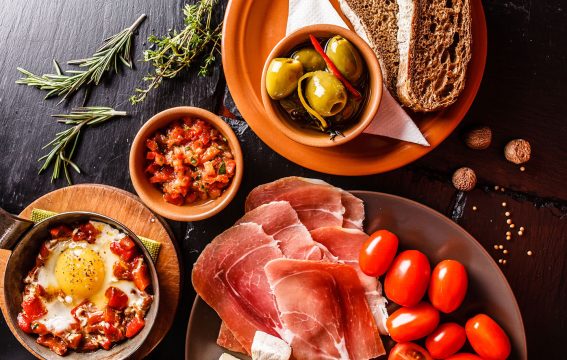
For more than 700 years, from 711 to 1492, the Moors dominated the Iberian Peninsula, which was renamed Al-Ándalus. Moorish rule celebrated its heyday in Andalusia of the tenth century, with Cordoba as the scientific and intellectual centre of the western world.
The Moorish influence extended to Spanish kitchens, where people first encountered ingredients such as rice, dried fruit, almonds, saffron, cane sugar and cinnamon. Without the Moors, paella and countless other Spanish (rice) dishes would not exist.
They constructed irrigation systems so that the dry Spanish interior could be used for agriculture, resulting in new ingredients. New cooking techniques were introduced; meat and fish were marinated in vinegar, such as in the dish of boquerones. Frying was a great success, resulting in delicious dishes such as churros and calamari. Distilling alcohol is another Moorish invention that reached Europe through Spain. Over the course of centuries, Moorish influences have become completely interwoven with Spanish eating habits.
Typical ingredients
Spanish food is rarely highly spiced, but always tasty. You will find capsicums (ground chilli pepper and paprika) in the Spanish spice rack, but the milder varieties, which are distinct but never very hot in taste. Pimento (Spanish spelling pimentón) or paprika powder is used in three varieties: picante (spicy), dulce (mild) and “de la Vera” (smoked paprika powder from the city of La Vera). Ñora is a sun-dried round pepper that is finely ground before use and processed in, for example, pulpo a la gallega and chorizo. Without sweet, floral saffron – the dried stamens of the crocus flower – paella would not be a paella.
Spanish olive oil is the beginning and end of the cooking process: it is the first to go into the pan and may be the last to be added. You will also find an aceitera, an olive oil pourer, on every Spanish dining table. The best use of the olive oil bottle is when cooking a tortilla.
Sherry vinegar is the one and only vinegar for a Spanish chef and indispensable from dishes such as boquerones and gazpacho.
Finally, garlic and onion are present in almost every dish.
Good table manners
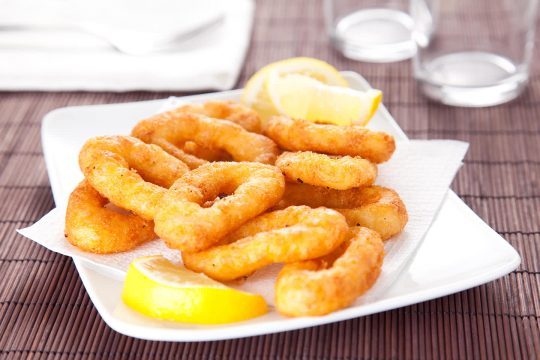
• In many bars, you can simply drop your napkin, olive stones, peanut shells and other food scraps on the floor. In fact, the more there is on the floor, the better the bar. Just be sure to do it only when the ground is already strewn…
• In most restaurants, there will be few waiters standing around. Moreover, a Spanish waiter does not come to your table to ask if everything is still satisfactory; he politely waits until he is beckoned. The result? Sometimes you have to do your best to get your meal ordered.
• Always keep your hands above the table and do not lean on your elbows; rather, place your hands next to your plate.
• If someone asks you to pass the salt, put it on the table near them. Giving the salt shaker directly into the other person’s hand brings bad luck.
Spanish-influenced and Mexican cuisine in Canada
With Spanish being such a widely spoken language in Canada, more and more Spanish influence, especially in food and art (and sometimes a combination of the two), has been welcomed into Canadian culture. In almost every province, you’ll find restaurants serving traditional fare such as tacos, churros, tapas, and paella. Try out these Spanish-inspired and Mexican restaurants near you.
For beginners
Are you a beginner in Spanish cuisine? With the following menu, you will be a real aficionado in no time:
Appetiser
Tapas – Order a tapas selection as a starter with a group of friends or family and you can taste a whole series of typical Spanish flavours at once.
Soup
Gazpacho – This cold, raw soup is a revelation, and also healthy.
Main course
Paella – The classic of Spanish cuisine. Ask for a piece of socarrat (crust)!
Dessert
Crema Catalana – This vanilla pudding with a crispy layer of sugar is creamy, sweet and incredibly tasty. Everyone loves it!

